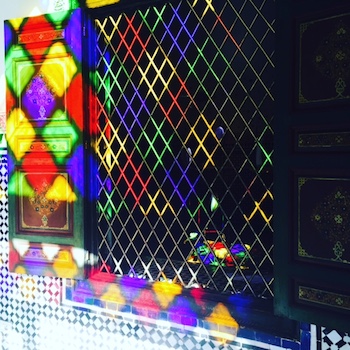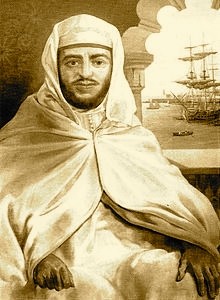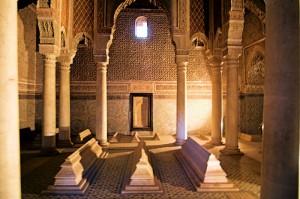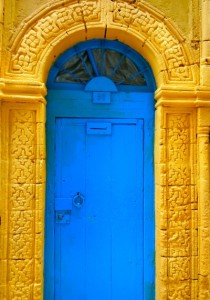Posts Tagged ‘Moroccan architecture’
Must See, Top Rated Places and Palace in Marrakech offers the perfect Insiders Guide to travelers who are visiting Morocco on a Private Tour. Don’t miss out on some of Marrakech’s Best places that range for Palaces to ancient Mosques. Known for it’s magnificent palaces and old world decor designed…
The Kingdom of Morocco became the first country in the world to recognize America as an independent nation on December 20th, 1777. A year and a half after the Declaration of Independence was signed in 1786, United States Minister…
Morocco has the richest Islamic architectural heritage in North Africa. Key to this was the influence of Muslim Andalusia, as Muslims were expelled from Spain as a result of the Christian Reconquista led by King Ferdinand and Queen Isabella in 1492. This Andalusian style, which was a rich fusion of…
The magic of Morocco is found in many places and one of them is in the hand painted doors of Essaouira. To travel inside Morocco is to visit this vast country one door at a time. Moroccan doors in Essaouira are ordained with Moorish style motifs, chamsa door knockers and painted in a variety of hues such as in Majorelle blue and canary yellow. Doors in Morocco are a gateway to another world and bare emblem of history along with the secret lives in a Moroccan home. Made of wood, metal and plaster Moroccan doors are a photographers dream as they make for the perfect subject matter.





